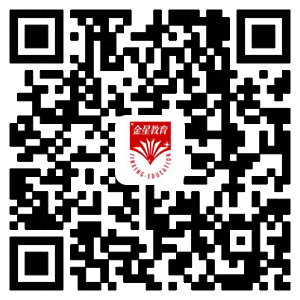一、一般现在时表现在
1. 表示现在经常性或习惯性的动作。如:
My sister wears glasses. 我妹妹戴眼镜。
He often goes to the cinema. 他经常去看电影。
【注】询问某人的习惯时,有时还可用ever。如:
“Do you ever eat meat?” “No, I never eat meat.”“你吃肉吗?”“从不吃肉。”
2. 表示现在(或经常性)的情况或状态。如:
Mother is ill. 母亲病了。
He is always like that. 他总是那样。
He likes living in the country. 他喜欢住在乡下。
We need a lot of money. 我们需要一大笔钱。
3. 表示现在的能力、特征、职业等。如:
He sings well. 他唱歌唱得好。
Mr. Smith teaches French. 史密斯先生教法语。
4. 表示客观真理、科学事实、格言以及不受时间限制的客观存在。如:
Summer follows spring. 春去夏来。
Knowledge is power. 知识就是力量。
The earth turns around the sun. 地球绕着太阳转。
二、一般现在时表将来
1. 当主句为将来时态或表示将来意义时,时间和条件的状语从句必须用一般现在时表将来。如:
I’ll write to her when I have time. 我有空会给她写信。
Turn off the lights before you leave. 走前关灯。
If we hurry, we may catch the bus. 如果赶紧走我们可能赶得上公共汽车。
Tell me in case you get into difficulty. 遇到困难请告诉我。
【注】① 除表示时间和条件的状语从句外,表示让步、相似、比例的从句也必须用一般现在时表示将来。如:
I’ll follow him wherever he goes. 他去哪儿,我就跟着去哪儿。
Whatever you say, I won’t pay. 无论你说什么,我都不会付钱。
Whether we help him or not, he will fail. 无论我们帮他与否,他都会失败。
I’ll have a good time whether I win or lose. 赢也好,输也好,我都将会玩好。
The more you eat, the fatter you will become. 你吃得越多就会越胖。
② 另外,当主句为用将来时态时,定语从句也通常用一般现在时表将来。如:
I’ll give you anything you ask for. 你要什么我都给你。
You can have anything I find. 我找到的任何东西你都可以拿去。
Everyone who comes first will get a present. 每个先来的人都可得到一份礼物。
